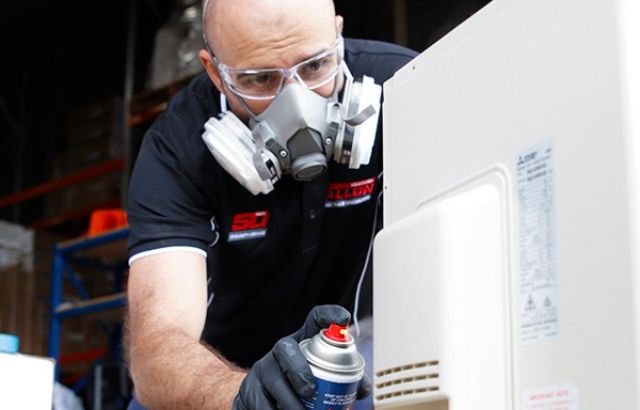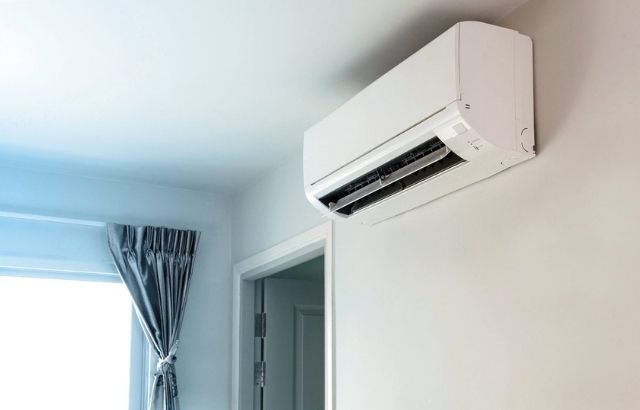So how deep should power lines be buried? Let’s get straight to the point: The depth at which power lines should be buried, or the “burial depth,” varies depending on various factors, including the cable and local code regulations. Typically, the depth of residential direct burial cables is 24 inches (or 2 feet). However, it’s crucial to always verify with your local utility companies and permit office before proceeding with any excavation or installation.
Now, let’s delve into the nitty-gritty of this subject, shedding more light on the factors that determine burial depth, safety precautions, and other crucial considerations.
Understanding Power Line Burial Depth

The depth at which power lines are buried is not arbitrary. It is meticulously determined by safety regulations to ensure that the power lines are not easily reachable, thereby reducing the risk of accidental damage or dangerous contact with the lines.
Three key factors come into play when determining how deep power lines should be buried:
- Cable Type: The kind of power line in use is a significant determining factor. Direct burial cable, which has heavy-duty insulation and can be buried directly without a conduit, usually needs to be buried at a minimum depth of 24 inches.
- Local Codes: Building codes can vary widely by region and locality, so it’s crucial to check with local authorities to understand the precise requirements for your area. Some areas may require a more significant burial depth due to soil conditions, climate, or other factors.
- Protection Measures: The required burial depth might be reduced if additional protective measures are taken, such as enclosing the cables in a conduit or providing a warning tape. However, this is dependent on local code regulations.
Safety Considerations and Best Practices

Whenever you are dealing with power lines, safety is paramount. Before starting any excavation project, contact local utility companies to mark out existing underground services. Involving a professional electrician in the project is advisable to guarantee compliance with all safety regulations and standards.
My Opinion
When burying power lines, it’s imperative to adhere to local regulations and safety guidelines. Typically it requires a depth of 24 inches for residential direct burial cables.




